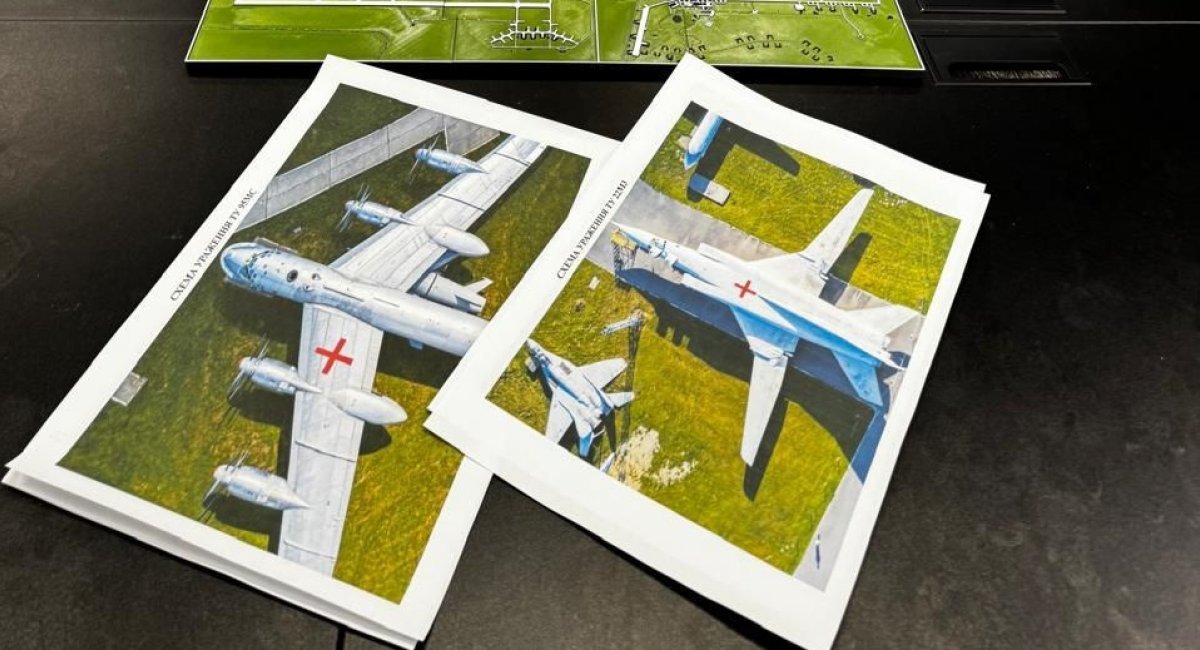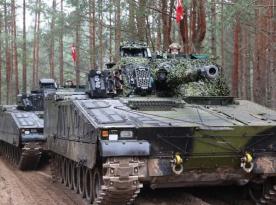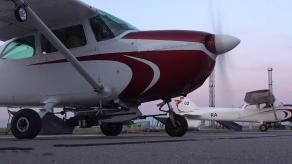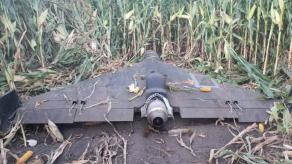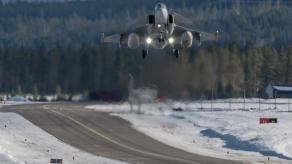A key insight comes from an official photograph released by the Security Service of Ukraine (SSU), which details the effects of the operation. During the operation, Ukrainian drones struck the Belaya, Dyagilevo, Olenya, and Ivanovo airbases, damaging or destroying 34% of russia’s strategic cruise missile carriers. According to the SSU, the losses amount to approximately $7 billion.
The images reveal the exact points of impact, deliberately chosen for their structural and operational vulnerability. Achieving complete destruction required more than just hitting the target — it demanded hitting the right part of the aircraft.
Read more: SSU Operation Pavutyna: How Ukraine Dealt a Devastating Blow to russia’s Strategic Aviation
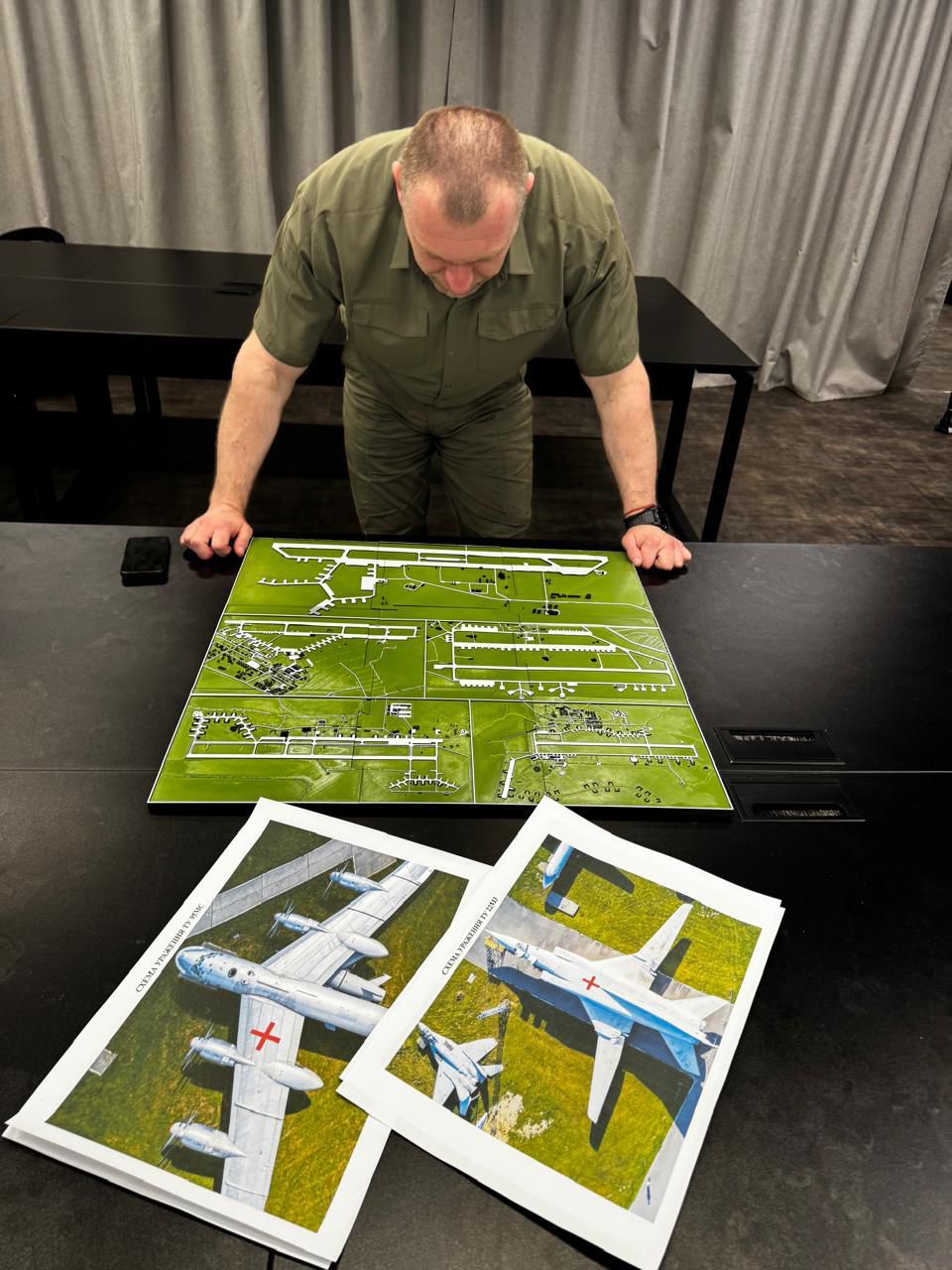
On the Tu-22M3 long-range bomber, the strike was aimed at the central fuel tank. This tank is located directly above the center wing section, a structurally vital area that bears most of the aerodynamic loads acting on the aircraft.
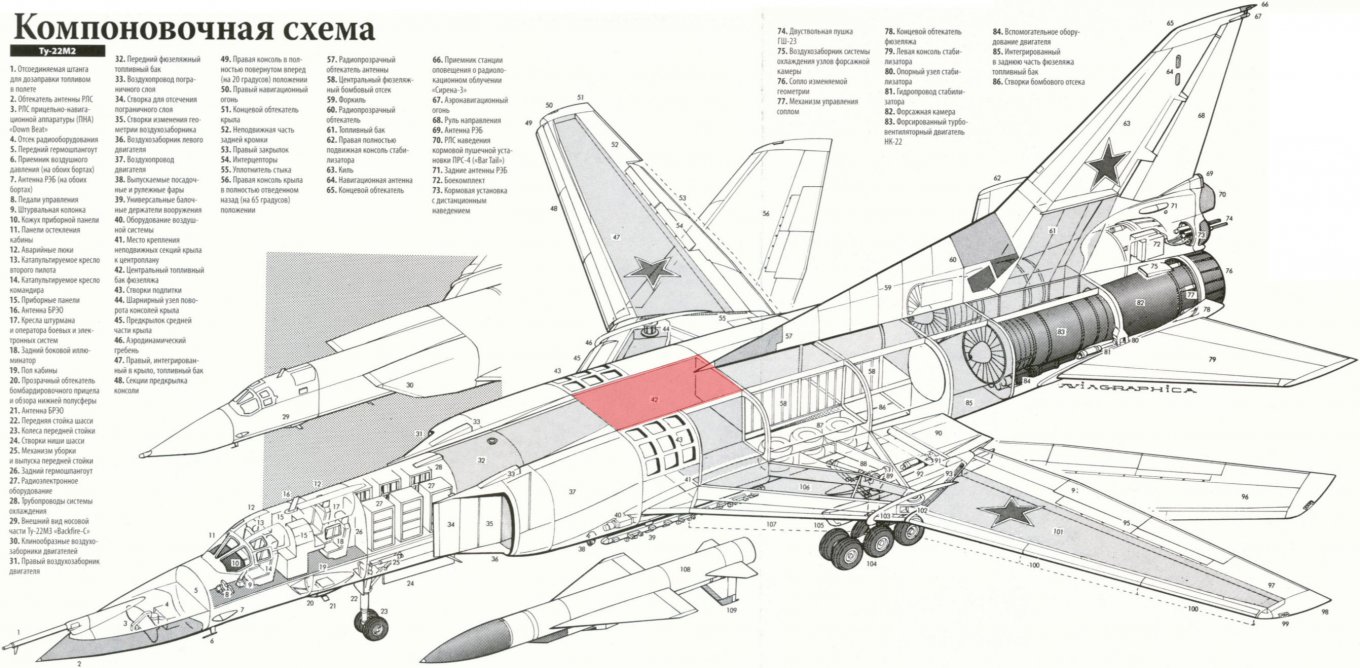
A fire in the center wing section compromises the aircraft’s structural integrity. Depending on the duration and intensity of the fire, the aluminum alloy structure can lose strength or completely fail. This is especially critical given that most aviation-grade aluminum melts at around 650°C.
In the case of the Tu-95MS strategic bomber, the strike pattern was more complex. Drones targeted the area between the fuselage and the inner engine, a section containing a fuel tank and the four-spar wing root. This is one of the most structurally loaded parts of the airframe, supporting a missile pylon, engine, and landing gear.
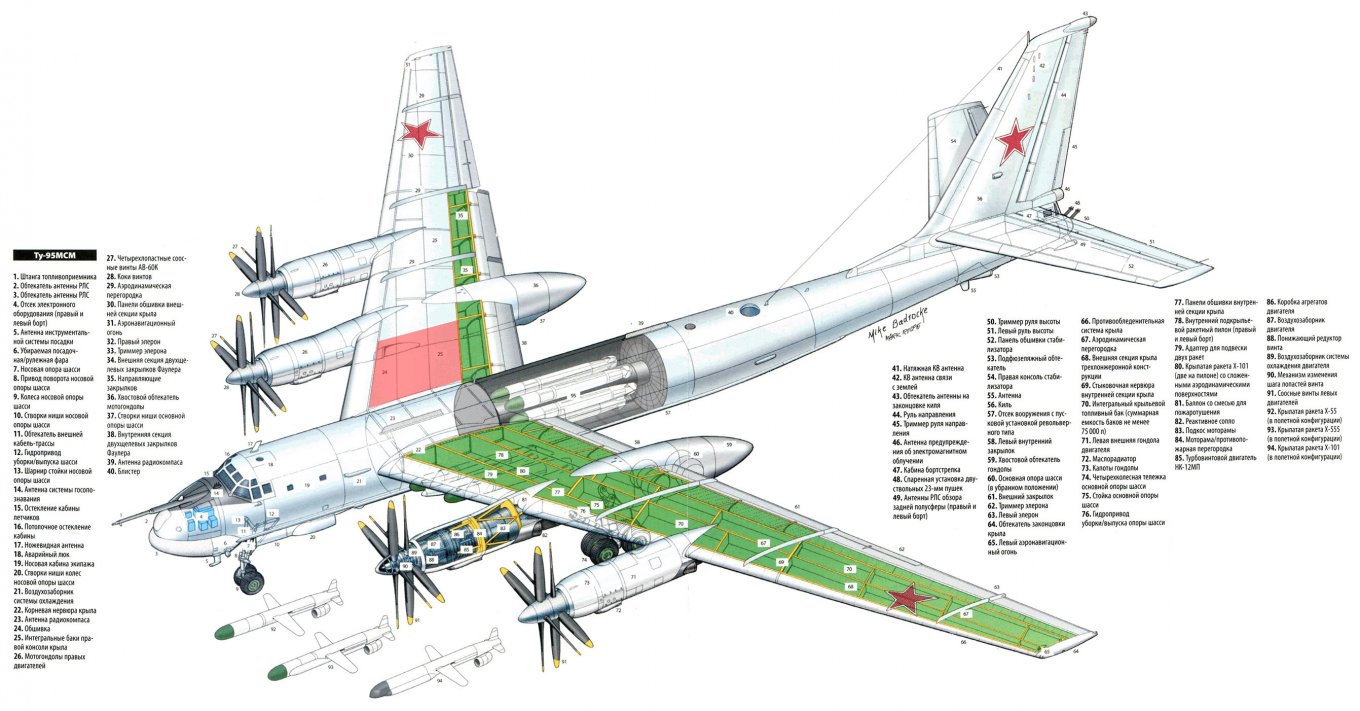
In at least one case, an explosion in this area effectively severed the wing, as captured in video footage of the strike.
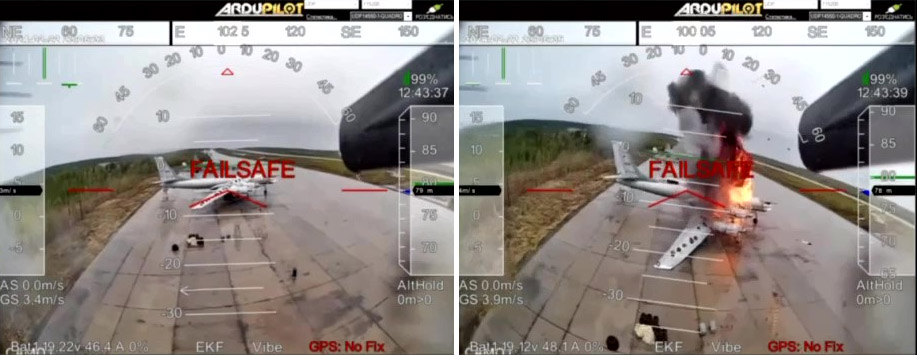
The resulting fires, triggered by hits on fuel tanks, led to total destruction of the airframes. In practical terms, a hit on the engine or cockpit might be repairable. A melted wing root or center fuselage, however, is a death sentence for the aircraft.
While no imagery of damage to Tu-160 bombers has been published, and the SSU’s released photo does not show where they were hit, analysts suggest two likely vulnerabilities: a small fuel tank above the center wing section, or the main fuel tank in the tail section.
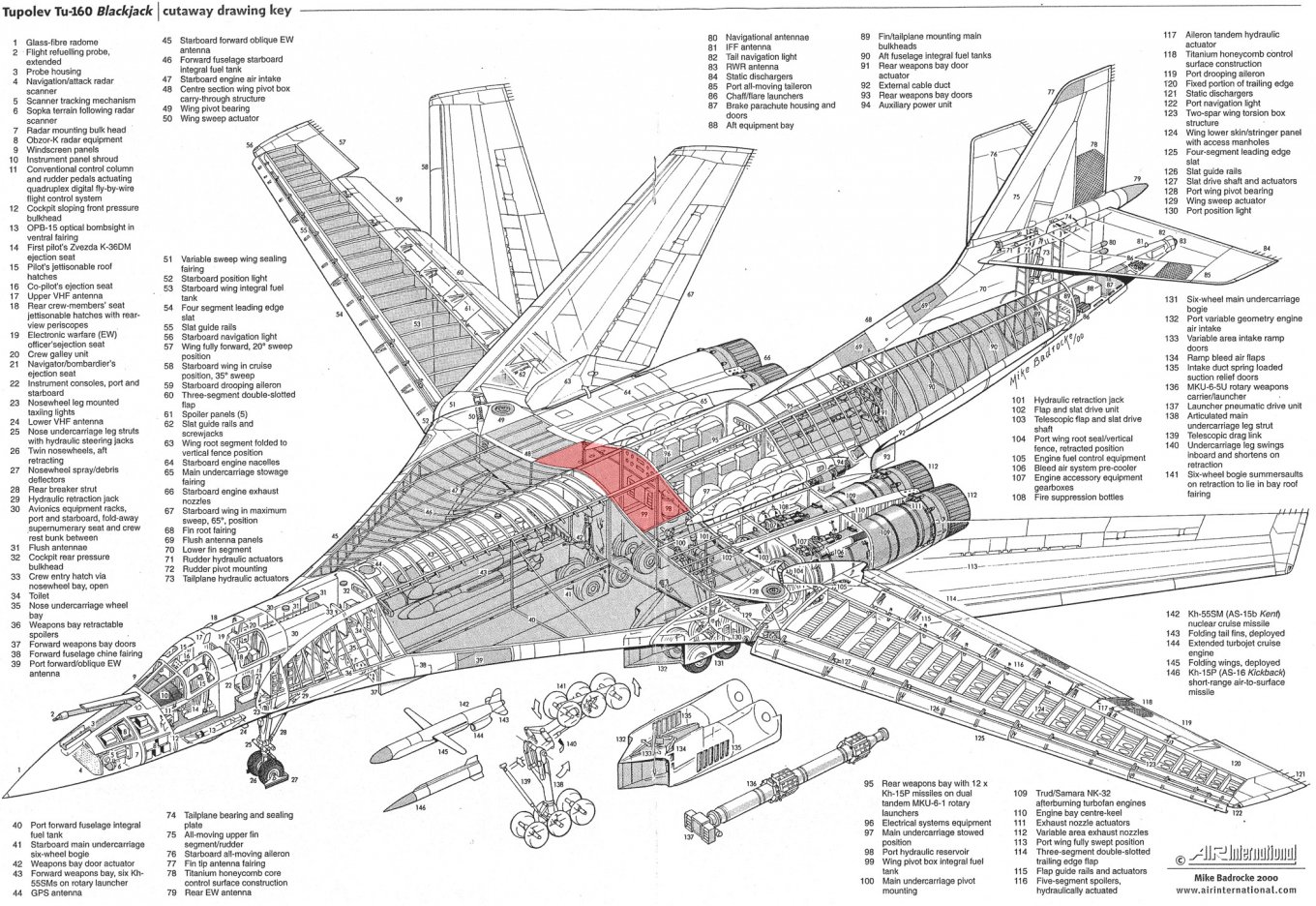
The effectiveness of these strikes was closely linked to whether the aircraft were fueled and ready for sortie. This means that the timing of the attack, and the selection of which aircraft to target, was a key operational decision.
Read more: First Contact Osa Were the Ukrainian FPV drones that Destroyed russian Tu-95MS, Tu-22M3, and Tu-160 Strategic Bombers




